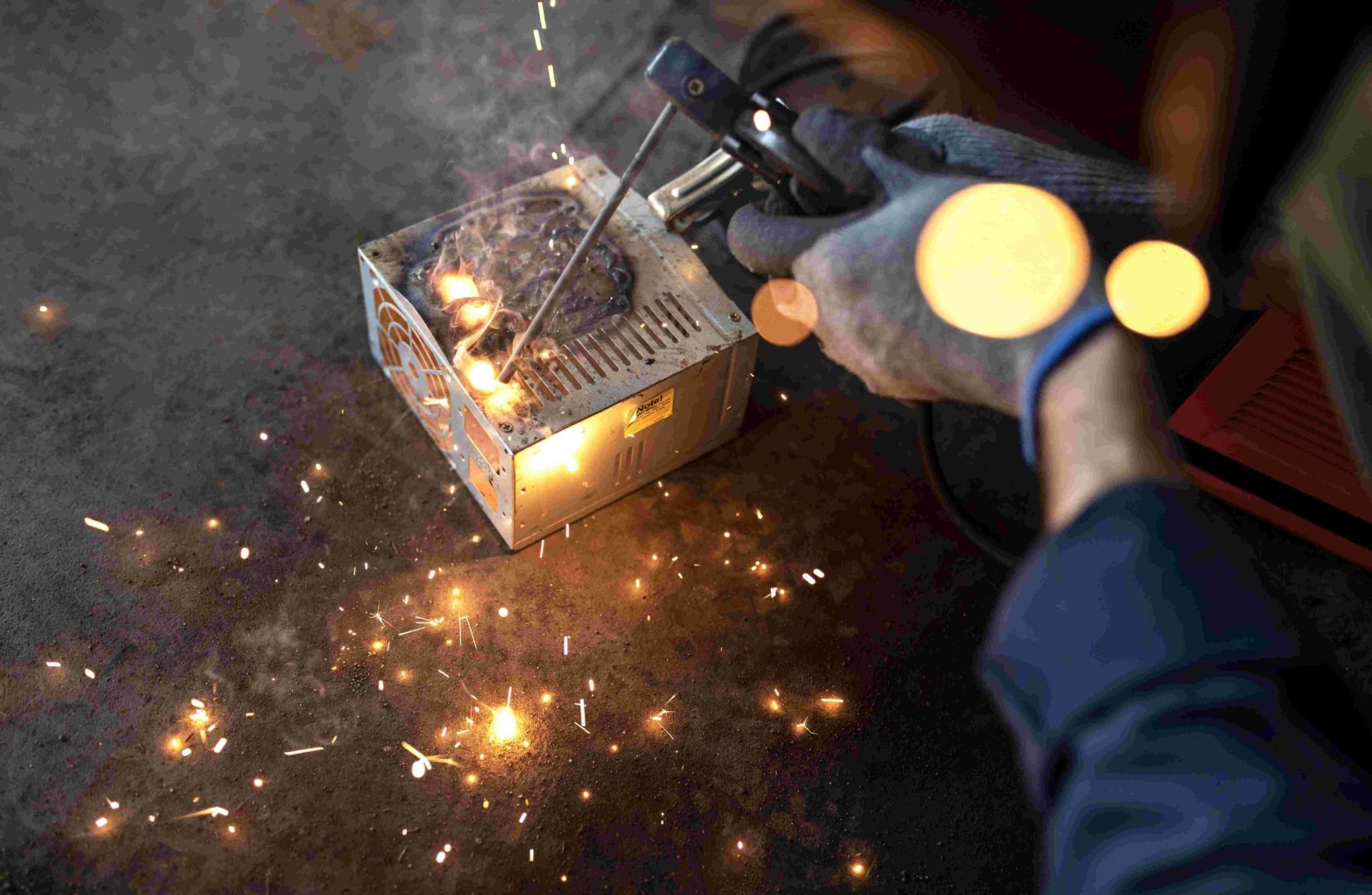
In the hustle and bustle of Alberta’s industrial economy—from oil sands to manufacturing plants—there’s an invisible threat that’s too often overlooked: respirable particulates. Unlike dramatic workplace accidents, these tiny airborne particles don’t grab headlines. But their long-term effects on worker health can be just as devastating. If you’re a business owner in Alberta, it’s time to take a closer look at these hidden hazards and how you can better protect your employees.
What Are Respirable Particulates?
Respirable particulates are microscopic solid or liquid particles suspended in the air that are small enough to penetrate deep into the lungs. In Alberta’s industrial landscape, common sources include welding fumes, grinding dust, cutting operations, and combustion processes. The particles may be so small that they can bypass the body’s natural respiratory defences and lodge in the alveoli—the tiny air sacs in the lungs where gas exchange occurs.
Long-term exposure to these particulates has been linked to respiratory diseases, decreased lung function, and in some cases, cancer. And while many employers focus on obvious hazards, it’s these silent threats that often do the most damage over time.
Welding Fumes: More Than Just Smoke
Welding fumes are a prime example of a dangerous respirable particulate. They are made up of a complex mixture of metals, silicates, and oxides produced during the welding process. Depending on the materials being welded, workers may be exposed to hazardous substances like manganese, chromium, nickel, and even lead.
In Alberta, industries like pipeline fabrication, heavy equipment manufacturing, and maintenance work rely heavily on welding. Welding fumes exposure is a common concern, but it’s one that’s often under-addressed, especially in smaller shops or fast-paced job sites where ventilation and protective equipment may not be prioritized.
The Impact on Worker Health and Productivity
Respirable particulates don’t just pose health risks—they can also impact your bottom line. When workers develop respiratory conditions, they are more likely to call in sick, file claims, or even require long-term disability. Chronic illnesses caused by ongoing exposure to harmful particles can lead to higher insurance premiums and legal liabilities.
More importantly, protecting your workforce means creating a culture of safety that supports retention and morale. Workers are more likely to stay with a company that takes their well-being seriously and invests in proper dust control and air quality systems.
Industrial Hygiene in Alberta: Your First Line of Defence
Effective industrial hygiene practices can drastically reduce the risks associated with respirable particulates. This includes identifying exposure sources, evaluating the risks, and implementing proper controls.
Engineering controls like local exhaust ventilation systems, enclosed processes, or even something as simple as repositioning a fan can make a significant difference. Administrative controls, such as rotating job tasks and limiting exposure time, also play a critical role.
It’s not just about reducing exposure—it’s about creating a proactive strategy for managing airborne hazards before they become a compliance or health crisis.
Air Monitoring: Know What You’re Dealing With
You can’t manage what you don’t measure. That’s why air monitoring in the workplace is essential. Regular sampling helps identify the types and concentrations of airborne particles present in the work environment. It also allows employers to compare results against occupational exposure limits set by regulatory bodies like Alberta OHS and the ACGIH.
Monitoring can be done through personal air sampling devices, fixed sensors, or by hiring a professional environmental firm. This data is critical in identifying high-risk areas and determining whether current controls are effective or if further action is needed.
Read More: Common Air Quality Concerns in Alberta Workplaces and How to Address Them
Practical Dust Control for Alberta Workplaces
Dust control doesn’t have to be complex or costly. For many Alberta businesses, simple upgrades to existing processes can go a long way. Here are a few practical tips:
- Use vacuum systems instead of dry sweeping to reduce airborne dust.
- Install air scrubbers or HEPA filters in enclosed spaces.
- Maintain and inspect ventilation systems regularly.
- Provide respiratory protection and ensure it is properly fitted and maintained.
- Train your staff on the importance of dust control and proper use of PPE.
Remember, it’s about consistent, ongoing effort—not just a one-time fix.
Stay Ahead with Professional Support
Staying compliant and protecting your workers doesn’t mean going it alone. Alberta business owners can benefit from partnering with professionals who specialize in air quality and environmental health.
If you’re unsure where to start or want to improve your current air safety plan, consider reaching out to a trusted provider like Ask Environmental. Our expertise in monitoring, testing, and implementing workplace safety solutions ensures your team stays safe and your operation stays compliant.
Final Thoughts: Don’t Let the Invisible Slip Through the Cracks
In the world of workplace safety, it’s easy to focus on what you can see—machines, spills, and hazards that shout for attention. But the silent threat of respirable particulates requires just as much diligence. In Alberta’s fast-moving industrial environment, business owners have both a legal and moral responsibility to take these airborne hazards seriously.
By investing in air monitoring, adopting dust control measures, and staying informed about the dangers of welding fumes, you’re not just meeting regulations—you’re building a safer, more productive workplace. And that’s something every business can benefit from.
Need help identifying airborne hazards or improving your workplace air quality plan? Ask the experts at Ask Environmental. We’ve got the tools and experience to help Alberta businesses breathe easier.
